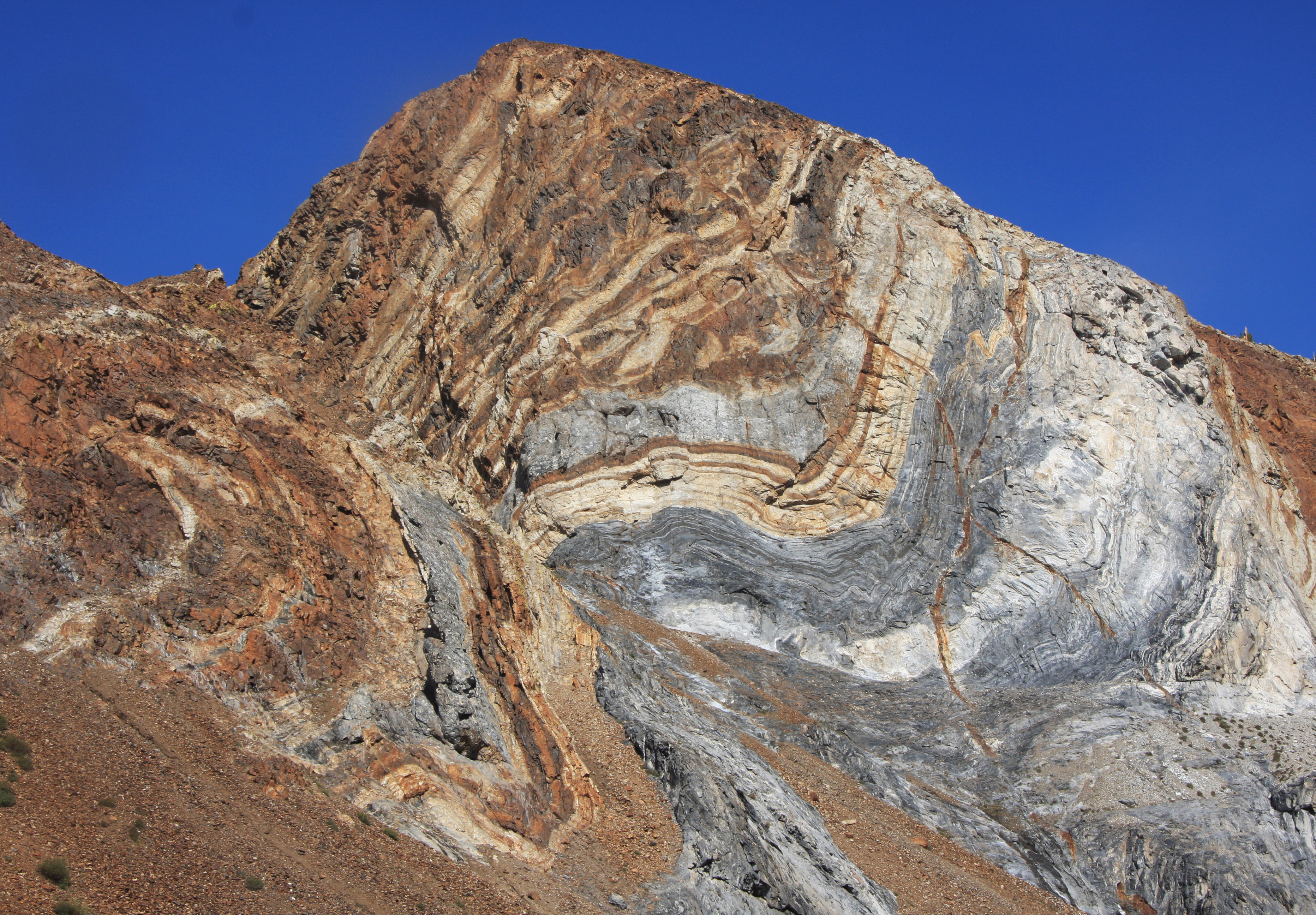 |
| Family tree of Earth's lifeforms |
A family tree of Earth's lifeforms, some 2.3 million named species thus far, was recently
published in draft form on
opentreeoflife.org.
The circular tree of life compiled on
opentreeoflife.org traces back 3.5 billion years ago to the beginning of life on Earth.
A tree of life, or
phylogenetic tree, is typically a branching diagram that resembles a tree found in nature.
The lines or branches on a phylogenetic tree represent evolutionary relationships ― from
platypus to
puffball.
The affinities of all the beings of the same class have sometimes been represented by a great tree. I believe this simile largely speaks the truth.
― Charles Darwin, Origin of Species, Chapter IV
Branching relationships are derived from an organism's physical or genetic characteristics. Microbiologist
Carl Woese proposed the tree of life shown below based on
RNA data.
 |
Phylogenetic tree scientific names
|
The human species falls under the kingdom of
animalia (shown in brown lines above) in the
eucarya branch (cf. Human Classification in
Know thy Tribe).
Charles Darwin found the tree to be a suitable metaphor to represent evolutionary relationships:
"The green and budding twigs may represent existing species; and those produced during former years may represent the long succession of extinct species. At each period of growth all the growing twigs have tried to branch out on all sides, and to overtop and kill the surrounding twigs and branches, in the same manner as species and groups of species have at all times overmastered other species in the great battle for life. The limbs divided into great branches, and these into lesser and lesser branches, were themselves once, when the tree was young, budding twigs; and this connexion of the former and present buds by ramifying branches may well represent the classification of all extinct and living species in groups subordinate to groups. Of the many twigs which flourished when the tree was a mere bush, only two or three, now grown into great branches, yet survive and bear the other branches; so with the species which lived during long-past geological periods, very few have left living and modified descendants. From the first growth of the tree, many a limb and branch has decayed and dropped off; and these fallen branches of various sizes may represent those whole orders, families, and genera which have now no living representatives, and which are known to us only in a fossil state. As we here and there see a thin, straggling branch springing from a fork low down in a tree, and which by some chance has been favoured and is still alive on its summit, so we occasionally see an animal like the Ornithorhynchus or Lepidosiren, which in some small degree connects by its affinities two large branches of life, and which has apparently been saved from fatal competition by having inhabited a protected station. As buds give rise by growth to fresh buds, and these, if vigorous, branch out and overtop on all sides many a feebler branch, so by generation I believe it has been with the great Tree of Life, which fills with its dead and broken branches the crust of the earth, and covers the surface with its ever-branching and beautiful ramifications."
― Origin of Species, Chapter IV
Intelligent Life
Asked in a
NOVA episode about the prospect of finding intelligent life somewhere beyond Earth's biosphere, cosmologist
Neil deGrasse Tyson speculates that finding intelligent extraterrestrial life seems unlikely. Tyson draws a distinction between
human intelligence ― characterized by perception, consciousness, self-awareness, and volition ― and the mechanisms needed to survive and proliferate.
I think that intelligence is such a narrow branch of the tree of life—this branch of primates we call humans. No other animal, by our definition, can be considered intelligent. So intelligence can't be all that important for survival, because there are so many animals that don't have what we call intelligence, and they're surviving just fine.
― Neil deGrasse Tyson
Life might exist beyond our life-raft in the biosphere. Tyson muses that the search for extant life is more likely to turn up
"anything that falls between single-celled bacteria and life that has some kind of interesting purpose or function to perform", rather than life with the intellectual capacity of humans.
REFERENCES
- A Conversation With Neil Tyson, Nova, 28 September 2004.
- Know thy Tribe, GrokEarth, 12 September 2015.
- Origin of Species, Charles Darwin, The Harvard Classics, 1909–14.
- Phylogenetic tree, Wikipedia.
- 'Tree of life' for 2.3 million species released, Phys.org, 19 September 2015












